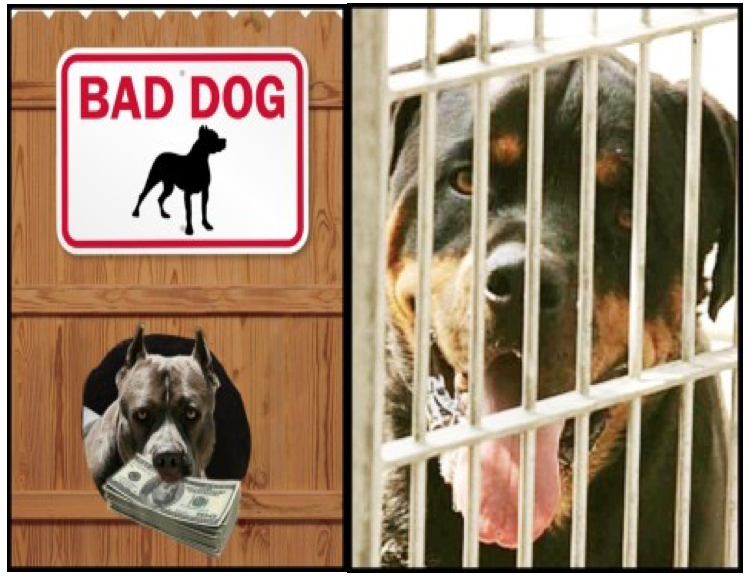Pit-Bulls Lead in Dog Attacks in 2018, CA Insurance Costs Soar, and LA May Increase Dog Limit
ANIMAL WATCH-New figures were just released and Los Angeles is still the No. 2 city in the nation in dog attacks on U.S. Postal mail carriers, as LA Animal Services GM Brenda Barnette, Councilmen Paul Koretz and the puppet LA Animal Services’ Commission move toward increasing the three-dog-per-property limit in order to dump more “challenged” Pit-Bull-type dogs in adoptive homes that believe the Best Friends' claim that the Pit Bull Terrier is a Nanny Dog.



































